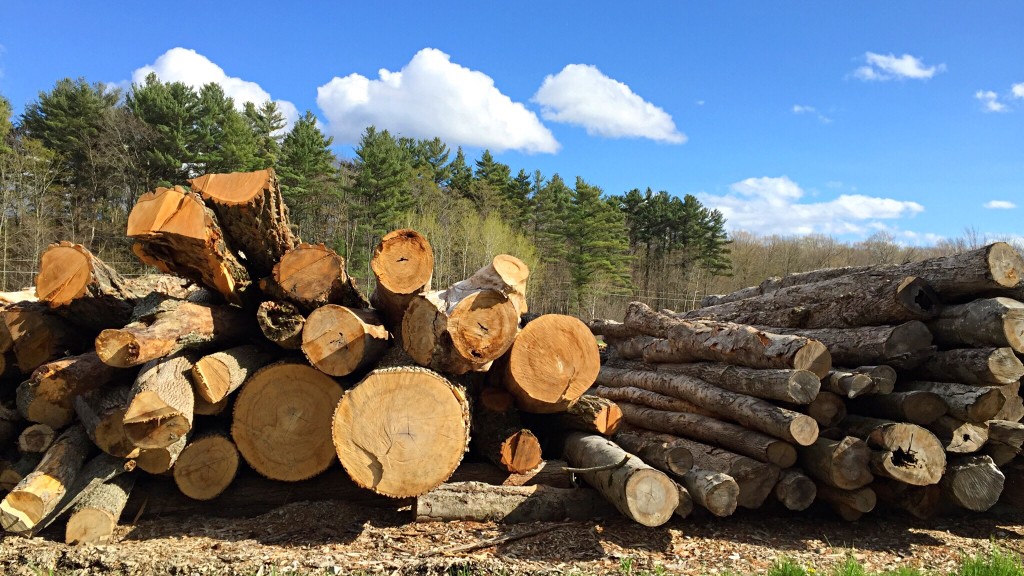
Wood is one of our planet’s most precious resources, providing products we use on a daily basis, as well as opportunities for recreation and jobs in the forestry industry. It’s necessary to harvest wood at a rate at which it can regenerate to make it sustainable for future use. Harvesting trees that are detrimental to the health of the forest—whether it’s due to the risk of wildfire, pest infestation, disease, or overcrowding—is a necessary part of that process.
Undermanaged forests have risks; over 80 million acres in the United States are in danger from diseases and insects, compromising biodiversity and watershed health. Within the forestry industry, forest managers are tasked with harvesting wood strategically. They choose to harvest trees that, when removed, will improve the overall health of the forest while still allowing them to meet the demand for timber and pulp products. They maintain a careful balance between the economic opportunities for wood and the ecological health of our forests.
Benefits of Sustainable Forest Management
An area of land only has the resources to host so many trees. Dense, overpopulated forests increase the chance of fires and can quicken the spread of disease and pests. For many forest managers, thinning is the answer.
Thinning is the selective, careful removal of trees to decrease forest density and competition between trees. Not all trees will survive to adulthood; removing them with occasional cuttings mimics and speeds the natural process of the forest. In addition, thinning can be used to remove diseased or pest-infested trees before they can compromise the health of the forest.
With fewer trees, more light can reach the forest floor, allowing the next generation of timber to grow. Thinning also involves removing dead or fallen trees and cutting back underbrush, decreasing the potential fuel for a spreading wildfire. After thinning, the remaining crop of trees grow stronger, healthier, and faster, and the forest is more resilient as a whole.
How Rotochopper Can Help
The wood waste industry plays a vital role in sustainable forest management. Forest managers can remove undesirable growth or vegetation to benefit the forest overall while still reaping the economic benefits of a selective harvest.
When it comes to preserving our planet for future generations, keeping wood out of the waste stream is essential. Rotochopper horizontal grinders and shredders ensure the brown and green waste that result from forest thinning stays out of landfills. Instead, it’s given a second life as a new product, while also providing Rotochopper owners profit opportunities for these new products such as mulch, compost, or biofuel.
To learn more about Rotochopper’s options for tree care professionals, visit our website or contact a Rotochopper sales representative.
